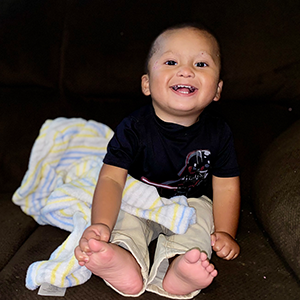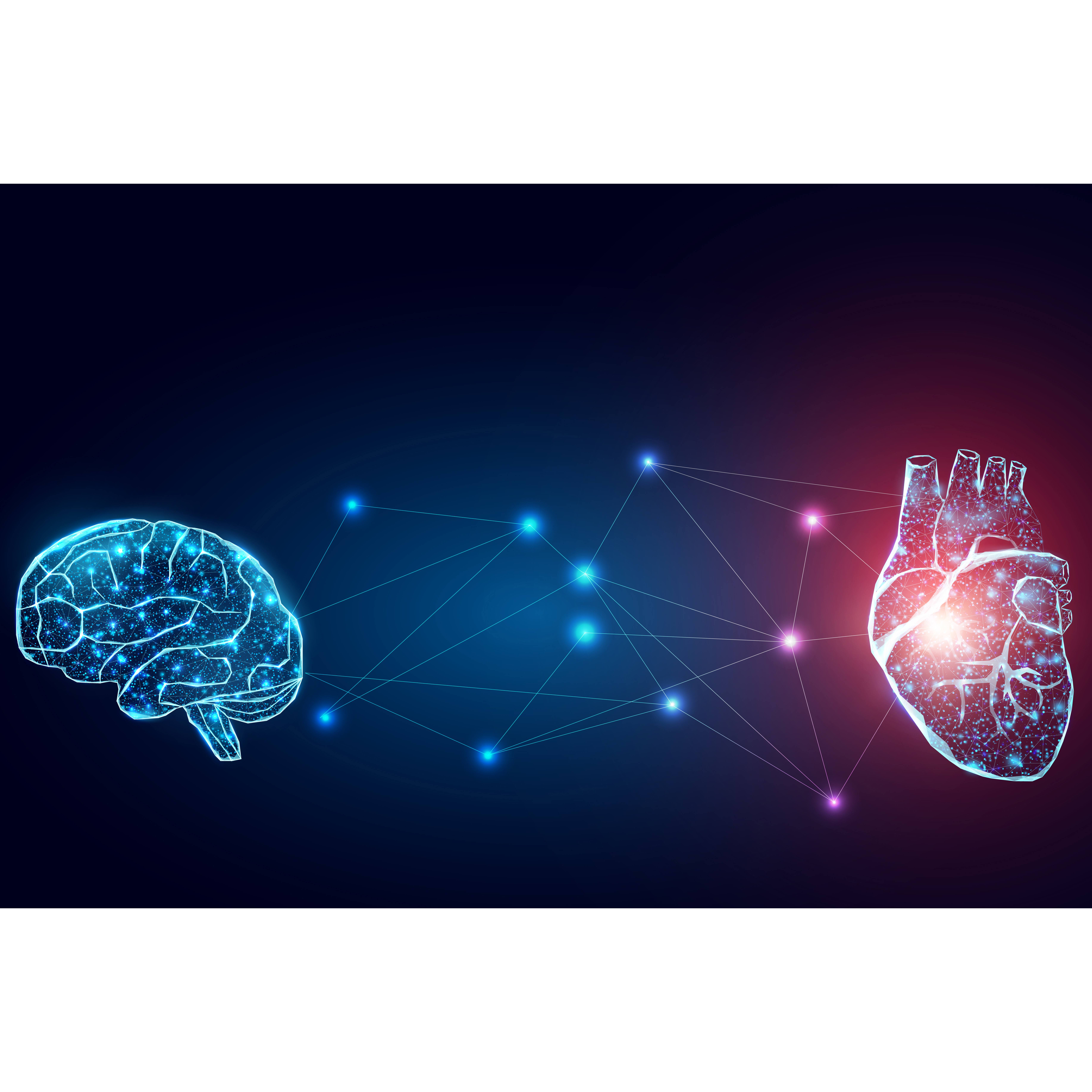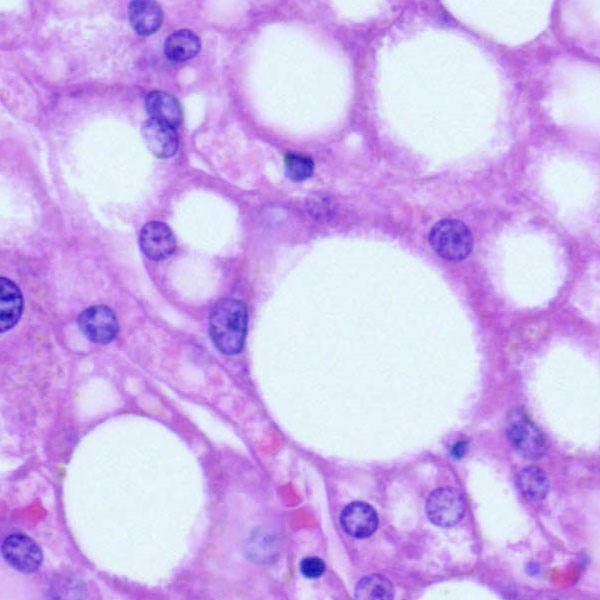-
Science Saturday: Vaccines 101 – The Basics, and COVID-19
Vaccine stories are all around as the world waits for news on the many COVID-19 vaccines working their way through testing. Robert Jacobson, M.D., a Mayo Clinic pediatrician and nationally regarded expert in the delivery of vaccines for children, discusses here the basics of vaccines, making connections from history to the COVID-19 pandemic in a presentation originally for Mayo staff. This excerpt is a portion of that talk, which has been reformatted and shortened for readers.

Immunizations
The act of immunization refers to a provision of an agent that provides immunity to a specific disease. We divide these agents into passive and active immunizations agents.
Passive immunization agents consist of immunoglobulins or antibodies. These are proteins created by the immune system that combat invaders to the body in a variety of ways. With passive immunization, we take these agents from others to give to the patient in need. Alternatively, we get these from animals or find ways to make these agents outside of an organism in a test tube. Passive immunization occurs naturally during pregnancy. The antibodies the mother makes to protect herself transfer to the growing fetus by way of placenta and umbilical cord to the infant. Similarly, antibodies the mother makes transfer to the baby by way of breast milk, as well. Otherwise, we use passive immunization when natural means of getting immunity is not safe or enough and when we cannot use vaccines alone to prevent the harms of infection. For example, we use passive immunization with rabies immunoglobulin for bat exposures to humans where we cannot test the bats for rabies.

The immune protection from passive immunization is short-lived. It lasts only weeks to months. But it is necessary at the time. One advantage of passive immunization is that it does not require the patient's immune system to function. The patient does not need to make the antibodies. The antibodies are instead given to the patient. This makes passive immunization very effective for those who are immunocompromised, or can't respond to a vaccine or an infection with immunity.

Vaccines are active immunization agents. Rather than given a person antibodies specific to a disease, vaccines cause the person to make that person's own specific immunity to the disease. Often the person makes antibodies in response to the vaccine. This is called humoral immunity. Other times, the person makes a nonantibody form of immunity. This is called cellular immunity. Sometimes the vaccine causes the person to make both. This response to the vaccine requires the patient's immune system to work and create immune protection. This immune protection provided by vaccines is long-lasting as opposed to passive immunization.

The whole idea of a vaccine is to mimic the immunity obtained from a natural infection without the harm of that natural infection. The idea of a vaccine originated with variolation, which used scabs from smallpox wounds to give immunity to smallpox to other people. Later, vaccination with a non-smallpox virus, the cow pox, mimicked immunity from natural infection without the harm. The cowpox gave only a limited infection in humans and thus posed far less risk while still providing long-lasting immune protection.
In each case, our body — our self — receives nonself materials, and generates humoral or cellular immunity, or both. This nonself material may consist of whole germs, or pieces of the germs called antigens, which include certain proteins or polysaccharides.
Vaccines are made in a variety of ways. The source depends on the specific vaccine. Some are made from viruses. Some are made from bacteria. And some are made from yeast or animal cell cultures.
But how do these vaccines imitate natural infection? One approach is selecting a mimicking germ that doesn't naturally infect humans — like the cowpox that mimicked smallpox. Another approach is to weaken the germ. A third approach is to inactivate the germ. A fourth approach is to use part of the germ.

Now the typical premise for making a specific vaccine begins with the idea that the infection is common enough to warrant scientific investigation and it has harmful enough results that we want to do something in healthy people to prevent them from getting the infection and the harmful results. We usually work from the basis that a previous infection actually gives immunity. This makes developing a vaccine relatively easy.For those infections where we have no evidence of immunity from a previous infection, we really struggle. It's much harder to create a vaccine to mimic immunity when that immunity does not arise naturally.
Making Vaccines
The first step in making vaccines uses biology to make a volume of the antigen or the antigen-presenting material. This is usually a protein that the body would recognize as nonself and to which the immune system would react. To make these antigens in volume, we might grow the virus in cell cultures ― human or otherwise ― or grow the bacteria on media, a term for the material that contains all the stuff bacteria need to grow. We can grow the virus in a hen's egg like we do the influenza vaccine, or incorporate the viral DNA in yeast and then grow the yeast in large vats that look and smell a lot like beer.
Step two uses biochemistry to purify that material to present the antigen, an extract of the antigen or the entire germ in an inactivated or weakened form. The purified material has to be safe enough to give to millions of healthy people without doing harm. The purified material must retain what is needed but nothing else.

Approval of Vaccines
Approval is a big deal. The Food and Drug Administration (FDA) approves, or licenses, vaccines. The licensure process begins with preclinical studies. These refer to nonhuman studies working with cells and lab animals. These studies are done to make sure the antigen can be purified and given to living nonhumans without harm. These studies also are done to show that the antigen works to provide markers of immunity. Without this sort of evidence, we would not permit testing in humans.
Those preclinical studies then allow the FDA to approve experimental therapy for trials in humans, beginning with phase 1 trials. These trials test only dozens of volunteers to try different doses. These trials are followed by phase 2 trials with hundreds of patients and phase 3 trials with tens of thousands of patients. Sometimes there's more testing required by the FDA, and this is called phase 4 studies, often with even larger samples. At the same time, the FDA is reviewing the purity and consistency of the vaccine, making sure lot after lot that the vaccine is the same.
However, approval does not equal a recommendation for use. Here in the U.S., a different group recommends vaccines at the federal level for civilian adults and children. This group is the Advisory Committee on Immunization Practices or ACIP. A similar group makes recommendations for the military. There's a big difference in their decision-making process.
The Advisory Committee on Immunization Practices is a separate, independent U.S. federal advisory committee. It has 15 members. Fourteen are experts in public health and infectious diseases, and one is a public representative ― a lay person who represents patients. They conduct three meetings a year, usually two days long and in person. The Advisory Committee on Immunization Practices grades evidence and develops vaccine use recommendations for adults and children.
The Advisory Committee on Immunization Practices determines:
- Whether everyone is to get the vaccine or just certain groups of people at increased risk.
- The age range at which persons are to get the vaccines.
- The dosing schedule in terms of the number of doses and the minimum intervals between doses.
- True contraindications that prohibit receipt and precautions to use that require consideration with the patient's clinician.
- The vaccine information statements required to be provided to parents of children receiving recommended vaccines.
- Inclusion of the vaccines in Vaccines for Children Program for those eligible children.

The Advisory Committee on Immunization Practices harmonizes its recommendations with the major American academies of medicine. They include the American Academy of Pediatrics, the American Academy of Family Physicians, The American College of Obstetricians and Gynecologists and the American College of Physicians. The Advisory Committee on Immunization Practices makes recommendations based on the grade of evidence. It's not just efficacy, and it's not just safety. The Advisory Committee on Immunization Practices also considers if the vaccine is needed and how it compare to alternatives. With regard to need, the Advisory Committee on Immunization Practices looks at the epidemiology of the disease. Is the U.S. population at risk? Would the U.S. population benefit from vaccination? With regard to alternatives, the Advisory Committee on Immunization Practices compares the vaccine in question with other vaccines and other public health approaches.
COVID-19 Vaccine Demand and Distribution
Now that brings us to the topic at hand: COVID-19 and vaccines. Obviously COVID-19 is a common enough infection with serious consequences. It meets the standard of need for a vaccine. There's certainly evidence enough now that infection results in antibodies. We know that other coronaviruses, including the ones that cause Middle East Respiratory Syndrome, or MERS, and severe acute respiratory syndrome, or SARS, cause antibody-based immunity. The antibodies appear protective in animal models, and multiple efforts are underway to seek FDA licensure for various vaccines against COVID-19.
(For up-to-date information on COVID-19 vaccines, see STAT's vaccine tracker.)

It's likely that those with the greatest need will be vaccinated first. These may very well include health care workers, first responders and other essential workers, as well as those at highest risk for complication from COVID-19, such as those 65 years and older, those in long-term facilities, and those with certain underlying health condition.
After that, vaccination of the population in general aims for herd immunity. This occurs when the population has a level of immune people that prevents the disease from easily spreading. Most vaccines do not work 100% of the time to create immunity.
Herd immunity can help us protect people with imperfect vaccines. Herd immunity can help us:
- Protect those who are too young to be vaccinated.
- Protect those too sick to respond to the vaccine.
- Women who are pregnant and can't take a live vaccine.
- People who are too sick to get the vaccine.
- Those who are hesitant or refuse vaccination.
Herd immunity is simplified as the percent immune needed to prevent outbreaks. And it's unknown for COVID-19. Experts say the threshold may need to be as high as 55% to 82%.
Meanwhile, we've got to consider the sheer enormity of the uptake problem. There are 330 million U.S. residents who need the flu vaccine every year. I picked the flu as an example because in our country and at Mayo Clinic, our recommendation is that each and every one of us gets the vaccine every year. And yet in the U.S., we only distribute about a 170 million flu vaccine doses. That's about half of the U.S. population.

And there are 11,000 new babies born in the U.S. every day who need vaccines in the first two years of life. There's a minimum of seven to nine sets of vaccinations due for these babies. Think of birth cohorts going through the year, needing their measles, mumps and rubella, chickenpox and hepatitis A vaccines at 12 months.
The pandemic began mid-March, with our shutdowns lasting through mid-May. It shut down all of these babies showing up and getting their vaccines. And not just the babies born needing their first dose, but their first doses at two months, four months, six months, 12 months, 15 months and two years. So we saw dramatic drops in the numbers of vaccines given, dropping 63% to 75% of usual numbers given as a result of the shutdown.
Those drops put our community at risk for outbreaks of diseases like measles and pertussis. Since those early days of the pandemic, health care organizations have been calling back patients with the all-important message that they must get their preventive care when due, including all vaccines due, especially now with the pandemic. And patients have been responding, and we have been catching up. We must continue relentlessly to vaccinate against preventable diseases, including influenza, in the months ahead ― paving the way for processes that will support our vaccinating with a safe and effective vaccine against COVID-19 once we have one.
— Robert Jacobson, M.D.
Related Articles







